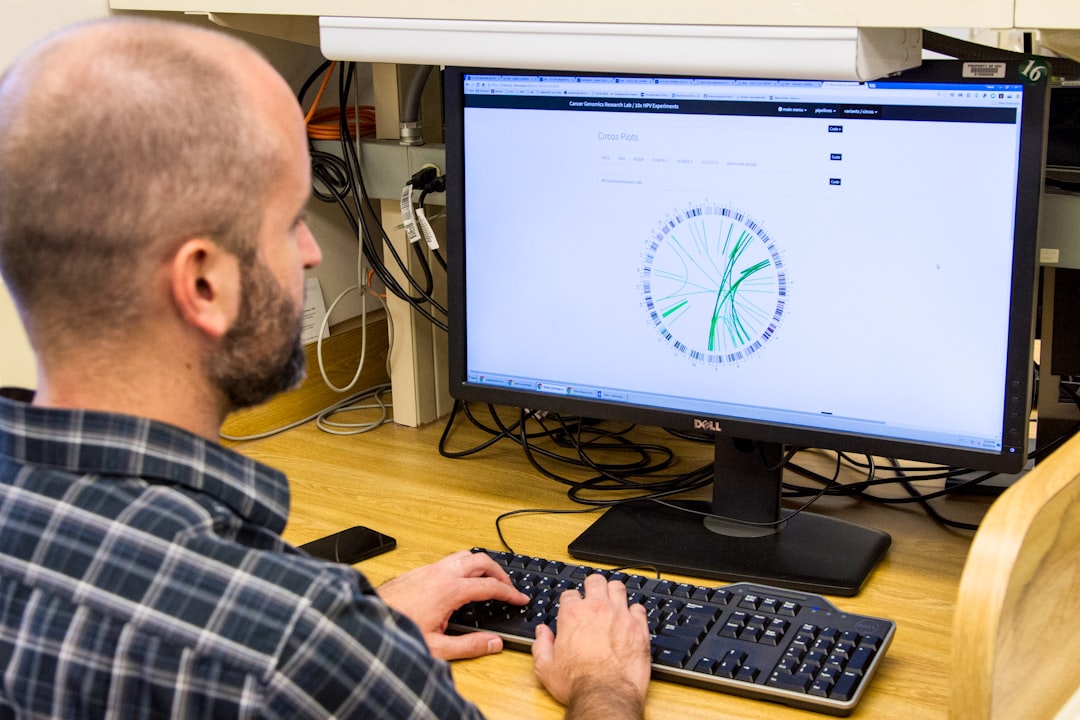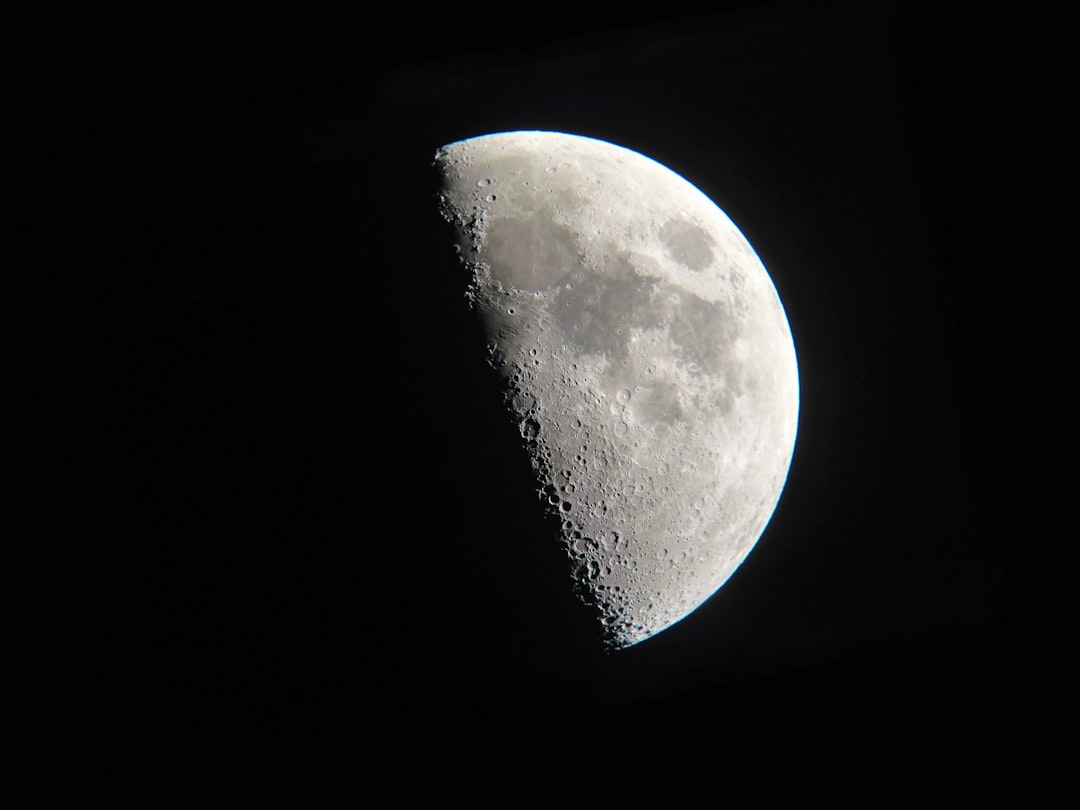
Microalgae has been considered recently as a promising biomass feedstock with great potential for biodiesel production with 30-70% lipid content of the dry biomass weight and produces high fatty acid. This research investigated the diversity of microalgae species from waters of Lake Kerinci in Jambi and analysis of the lipid content and fatty acid of microalgae. The isolation was done by agar plate, serial dilution, and micropipette method. The growth rate of the isolated microalgae was determined by UV-Vis spectrophotometer. Dry biomass weight was determined gravimetrically. Nile red staining performed on the isolates to observe the potential of lipid content. Lipids were extracted using n-hexane. Fatty acid analysis by GC-MS. From the results of identification, there were 19 species of microalgae and 2 species were screened with salinity stress. Based on identification of the both isolates, it is known that MA1 isolate is Scenedesmus rubescens and MA2 is Galdieria sulphuraria. MAI and MA2 had higher lipid content in Growmore agrolyzer than Bold's Basal medium. MA1 had lipid content 31.95% in Bold's Basal medium and 32.4% in Growmore agrolyzer, MA2 had lipid content 28.72% in Bold's Basal medium and 28.93 % in Growmore agrolyzer. MA1 and MA2 was a potential as a biodiesel source with high lipid content and saturated fatty acids (C16:0, C18:0).



